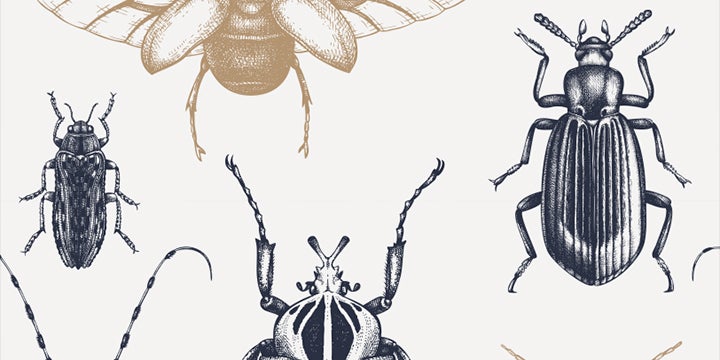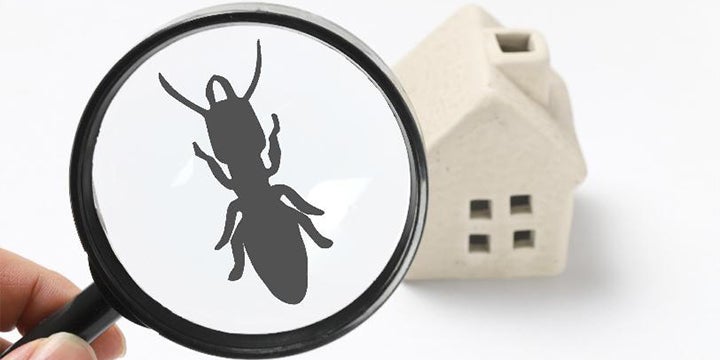Salute to the Father of Integrated Pest Management

The third Sunday in June is set aside to celebrate the incredible role that fathers, or fatherly figures, play in our lives.
(It also happens to be Turkey Lovers’ Day, but I digress). In honor of Father’s Day, I would like to take a moment and celebrate the work of Dr. Ray F. Smith, also known as the father of Integrated Pest Management (IPM), and his research partner Dr. Perry Adkisson.
Brief History of IPM
IPM is the use of pest control strategies to reduce pests to acceptable levels while lowering costs for pest managers and having a minimal effect on the environment. According to the Texas A&M AgriLife Extension, “In the 1950s entomologists discovered that insects were developing resistance to pesticides because of their overuse and abuse. Environmentalists were concerned about the damage and danger of pesticides to the environment. In the 1960s, Rachel Carson’s book Silent Spring alerted the public to problems with pesticides. The concept and impetus for IPM grew out of discontent with using a purely insecticidal approach to insect control in many areas in the 1950s … ‘Integrated control’ was developed emphasizing use of selective insecticides so that natural enemies were conserved in the system … This new approach, termed Integrated Pest Management or IPM, applies a holistic solution to the problem of managing harmful insects, weeds, and plant diseases.”
Principles of IPM
Today, the concept of IPM is used throughout the world. Historically it focused on agricultural insects, but now it’s applied to any kind of pest, including weeds, diseases, and rodents such as ground squirrels. IPM is rapidly expanding to areas such as golf courses, private and commercial landscaping, and in various urban settings such as lawn and community gardens. The main principles of IPM include:
Identify pests, their hosts, and beneficial organisms before taking action.
Establish monitoring guidelines for each pest species.
Establish an action threshold for the pest.
Evaluate and implement control tactics.
Monitor, evaluate, and document the results.
The Works of Drs. Smith and Adkisson
As previously mentioned, during the 1950s and 1960s, large amounts of chemicals were being used around the world to ward off pests from attacking crops. Not only were insects being affected, but also the natural enemies of pests and humans since the use of these pesticides also contaminated livestock. As the pests developed resistance to these pesticides, the only option seemed to be to create more potent chemicals. Unfortunately, this would result in severe consequences by making it more expensive for farmers to operate and endangering the environment even further.
Dr. Smith (University of California Berkeley) and Dr. Adkisson (Texas A&M University) were professors of entomology when they met in the 1960s. According to their biographies on the World Food Prize website, “Joining their interests, talents, and efforts, the two professors … committed substantial resources to systematizing and promoting the new IPM programs. A major breakthrough came with their organization and leadership of the Huffaker Project in 1972. Through this project, the first of its kind, more than 200 scientists from 18 land-grant universities across America tested and improved IPM systems for six major crops.”
Today, U.S. agriculture has decreased its reliance on insecticides by 50%. Farmers all over the world, including developing nations, have implemented IPM systems to safely produce food and fiber crops. This has saved billions of dollars on chemicals worldwide and, in some cases, increased production. “The achievement of Dr. Ray F. Smith and Dr. Perry Adkisson in developing and popularizing IPM systems has given the world’s food producers a technology that will continue to sustain the growth of the global food supply for generations to come.” In 1997, both men received the World Food Prize for their contribution to the development of IPM.





